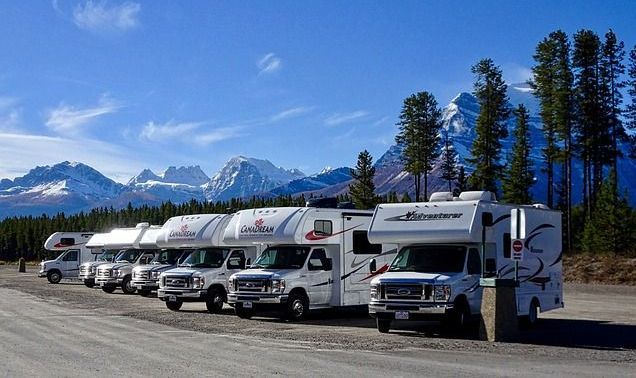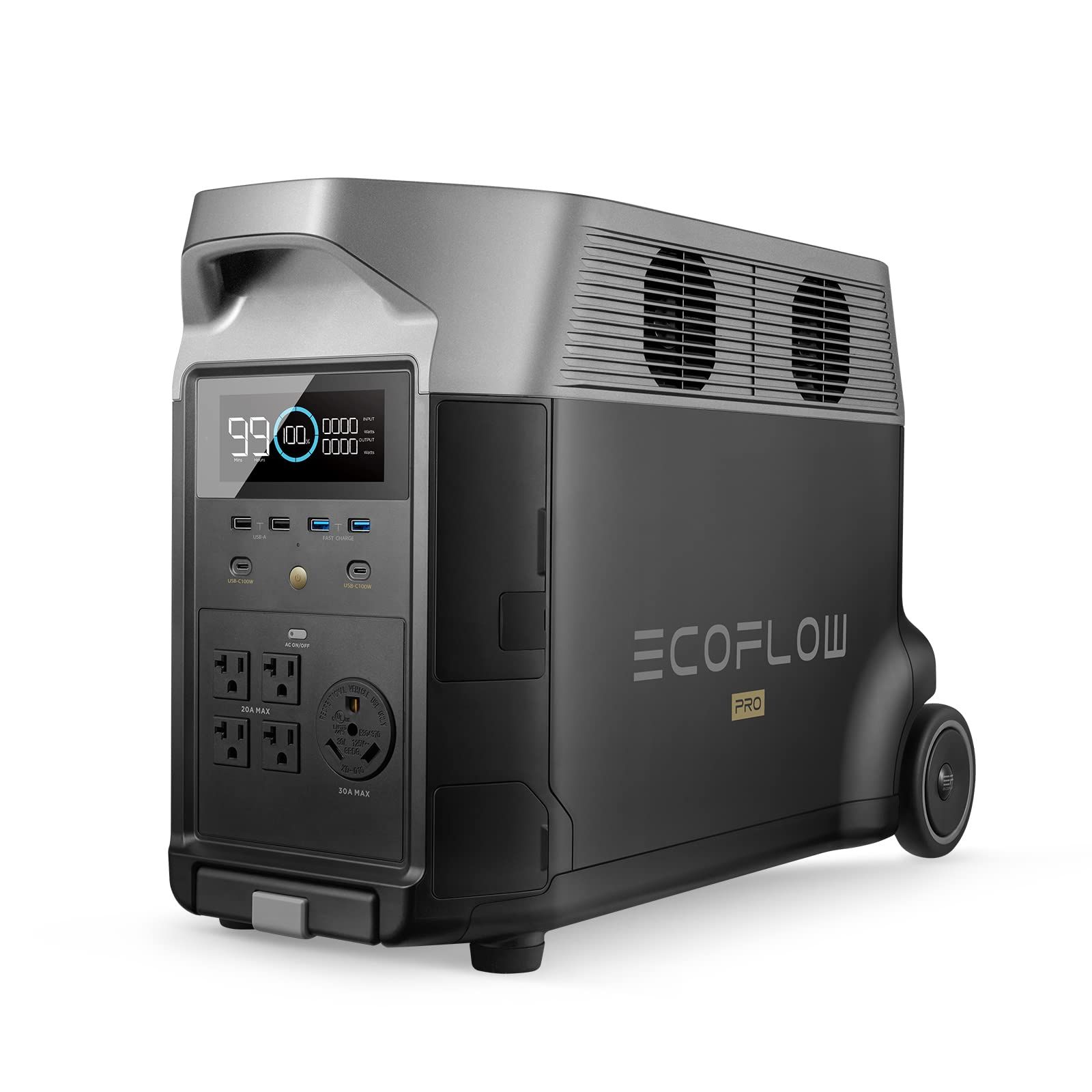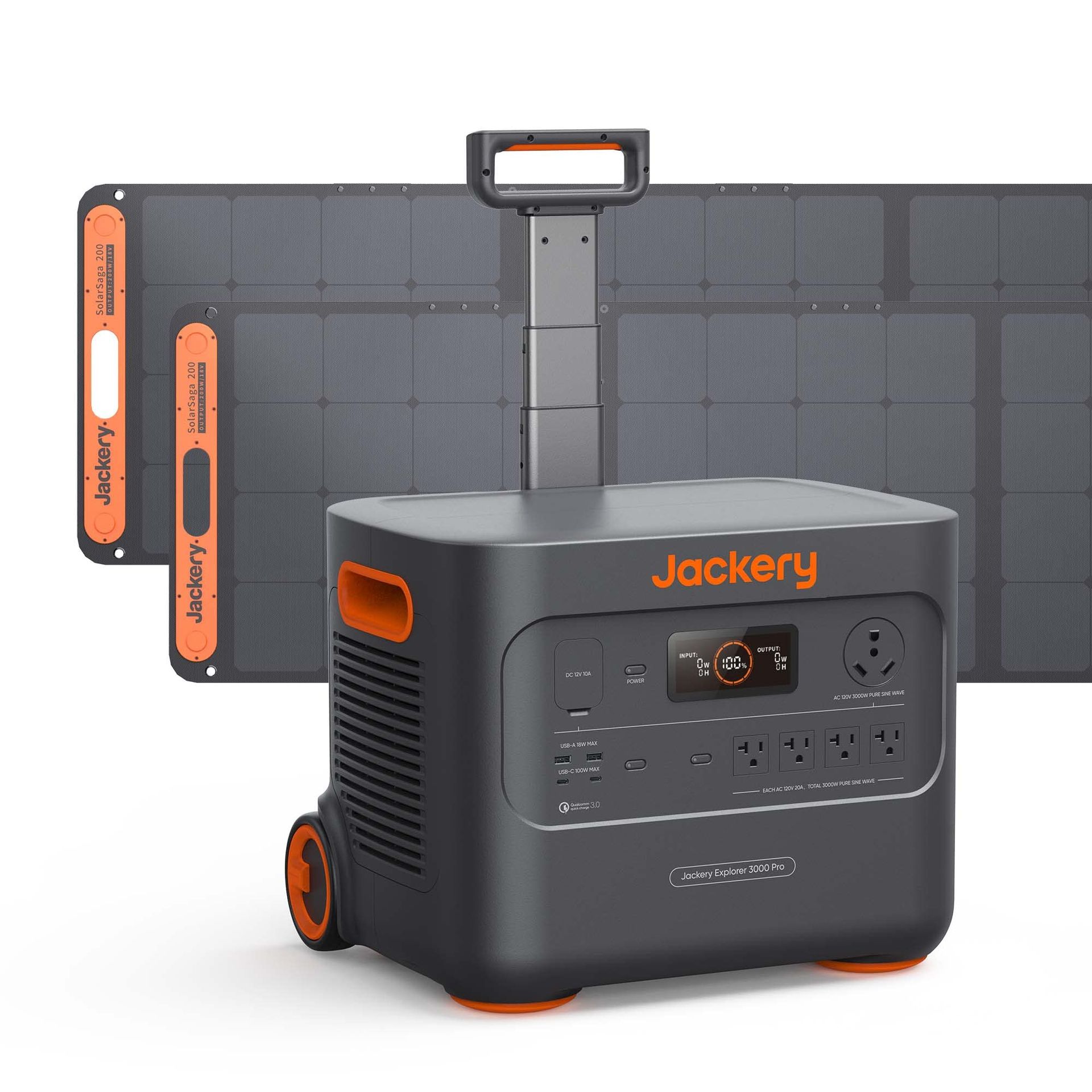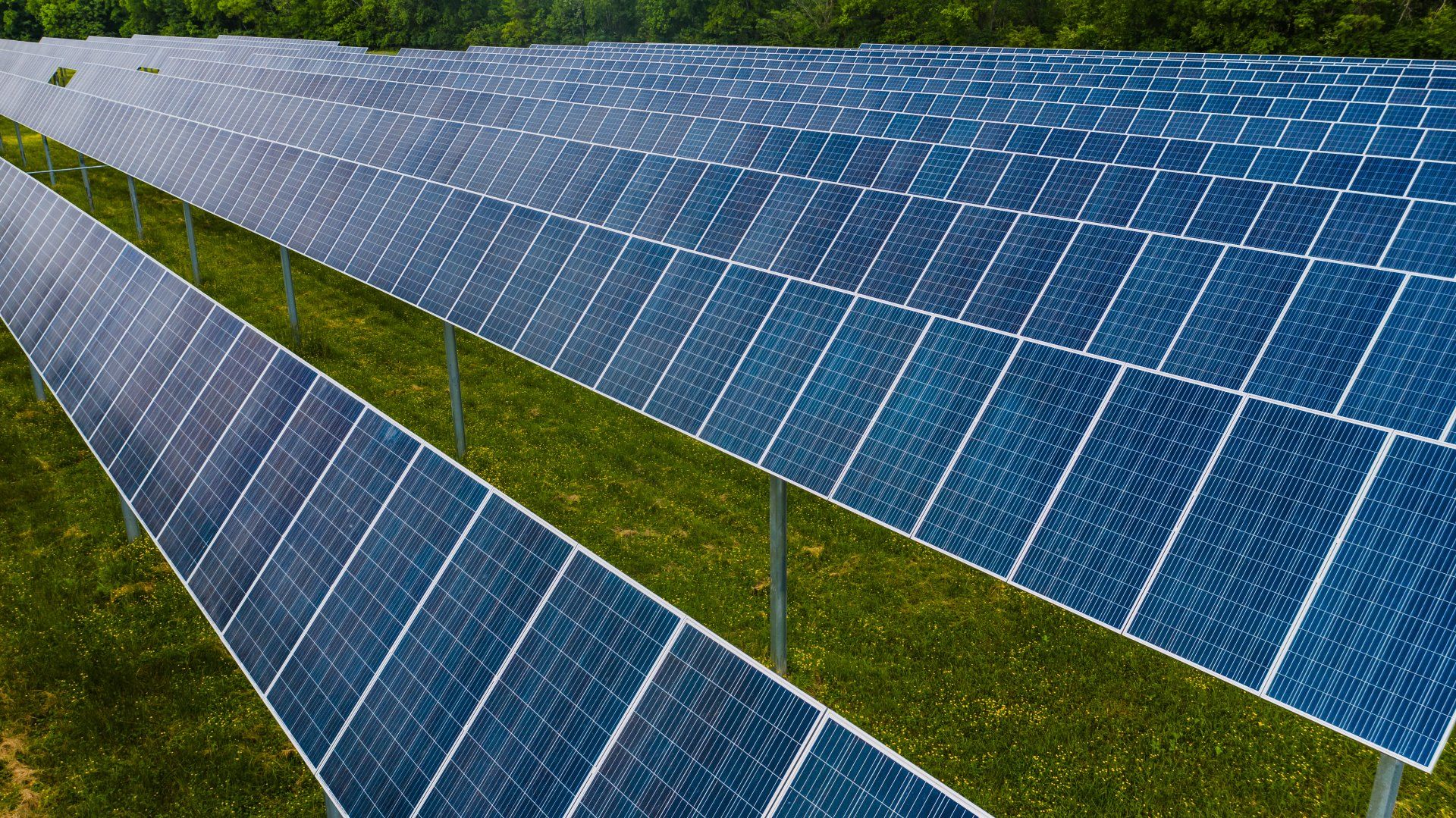How to maintain your RV for long-distance travels.
Keep your rig running smoothly with these tips.

RVing (yes, that's what it's called) allows you to enjoy the pleasures of your home while on the road. But it's not the only reason it's become so popular—RV travel is cost-friendly, saving you money on travel fares and accommodation. It also lets you keep your itinerary flexible, allows you to carry more with you on vacation – including your pet, and gets you closer to the outdoors. As fun and adventurous as RVing can be, it can also be stressful if you haven't prepared your vehicle for long-distance travel. Here's a look at how to get your RV ready for stress-free, "bump-free" long-distance travel.
Why your RV needs maintenance
An RV is pretty much a house and car in one, with many more complex components (than a regular car) that can go haywire. If your RV isn't driven often or spends months sitting in storage, there's a greater chance for pests to chew up the wiring and fluids to dry up.
Getting your RV ready well in time can save you a lot of hassles like breakdowns and mechanical issues (think roof problems, window and door problems, storage tank issues, plumbing leaks, etc.).
Routine maintenance check
- Oil: Regular oil changes keep your engine running smoothly and prevent breakdowns. Follow the manufacturer's recommendations for oil changes.
- Coolant, air, fuel, and hydraulic filters: The state of your RV's air filter, fuel filter, coolant, and hydraulic filters can affect the engine and drive train. Ensure they are all checked with every oil change.
- Fluid levels: Low levels of fluid can lead to mechanical problems. Regularly check and top off all essential fluids, including engine oil, coolant, transmission fluid, and brake fluid.
- Brakes: RVs are exceptionally heavy and need solid, well-maintained brakes to ensure you are safe on the road. Make sure the wheel bearings are lubricated and your brakes have enough material on them. They should be in perfect working condition for excellent working activation in the trailer.
- Tires: If your RV isn't driven much, you can expect the tread to be in good shape. But parking it out in dry climatic conditions or the sun can cause the sidewalls to break down and crack over time, leading to a blowout. Inspect tires for signs of wear, cracks, or bulges. Check tire pressure before every trip. Rotate tires as recommended to ensure even wear. Consider replacing the tires if they are over six or seven years old.
- Battery: Inspect and clean battery terminals regularly. Check the water level in lead-acid batteries if applicable. Consider investing in a battery maintenance system for extended trips.
- Electrical System: Test all lights, including headlights, taillights, turn signals, and brake lights. Check the electrical connections and replace any burnt-out bulbs.
- Propane System: If your RV uses propane for cooking, heating, or cooling, check for leaks and ensure the propane tanks are securely fastened.
Exterior maintenance check
- Wash and Wax: Regularly wash the exterior of your RV to remove dirt and road grime. Applying wax protects the paint from UV rays and maintains its appearance.
- Roof Inspection: Inspect the roof for any signs of damage, such as cracks, tears, or punctures. Clean and maintain rubber roofs and inspect seals around roof penetrations.
- Awning Care: Clean and inspect your awning for mold, tears, or wear. Properly stow the awning during travel to prevent damage.
- Exterior Seals: Check exterior seals, such as those around windows, doors, and compartments. The rubber around window seals can become hard and dry over time. Replace any cracked or damaged seals to prevent leaks. Special lubricants are available to keep the rubber pliable. If your windows catch, the felt they slide on might need replacing.
- Slider mechanisms: Over time, slide outs can have dirt build up around the seals, causing sealing problems. Ensure the slider mechanisms are lubricated well so they run in and out with minimum wear and tear on the motors.
Routine Maintenance on the Road:
- Regular Checks: During your trip, make a habit of checking your tire pressure, oil levels, and coolant levels at every fuel stop. Regular maintenance prevents minor issues from becoming major problems.
- Generator Maintenance: If your RV has a generator, follow the manufacturer's guidelines for regular maintenance. That includes checking oil levels and filters and running the generator periodically to keep it in good condition.
- Clean and Inspect: Take time to clean the exterior of your RV to prevent dirt and debris from causing damage. Inspect the roof, seams, and seals for any signs of wear or leaks.
- Fluid Changes: If you are planning an extended trip, consider scheduling an oil change and other fluid replacements during the journey to maintain optimal engine performance.
Emergency Preparedness
- Tool Kit: Keep a well-stocked tool kit on board for minor repairs and adjustments.
- Spare Parts: Carry spare fuses, light bulbs, belts, and hoses specific to your RV model.
- Emergency Contacts: Have a list of emergency contacts, including RV service centers and road assistance.
- First Aid Kit: Maintain a well-equipped kit for unexpected injuries.
Do a walk-through of the vehicle before hitting the road.
While it might seem an obvious step, you'll be surprised how easy it is to overlook a couple of components in your excitement to start your trip. Every RV is different, so create your own customized pre-trip walk-through checklist. It's best to have two checklists—one for the inside of the RV and one for the outside.
Here are some general items to add to your own checklist for inside your RV:
- Turn off the furnace, water pump, refrigerator, pilot lights, and water heater.
- Secure large items, entry doors, and trash cans.
- Close and latch cabinets, interior doors, windows, and roof vents.
- Check antennas, ensuring they are lowered and secured.
Your checklist for outside the RV must include the following:
- Check lights, tires, and brakes
- Close and securely latch exterior compartments
- Retract all awnings, and store and lock them securely
- Remove and store levelers
- Esure furniture, stairs/steps, and recreational equipment are stowed and secured
- Close the propane tank
- Inspect the generator.
Final thoughts
There's nothing quite as fulfilling and exciting as a long-distance vacation in your RV. Whether you are a dedicated road-tripper planning your next road trip or a new RVer, getting your RV travel-ready can make your next long-distance road trip fun, enjoyable, and stress-free. You can confidently hit the open road and make the most of your RV adventures by performing routine checks, staying on top of maintenance tasks, and being prepared for emergencies. Remember, a well-maintained RV is a reliable and comfortable home away from home.










